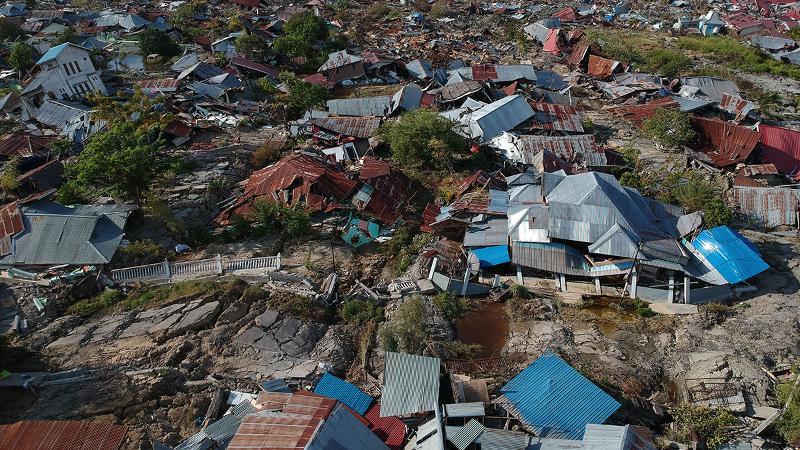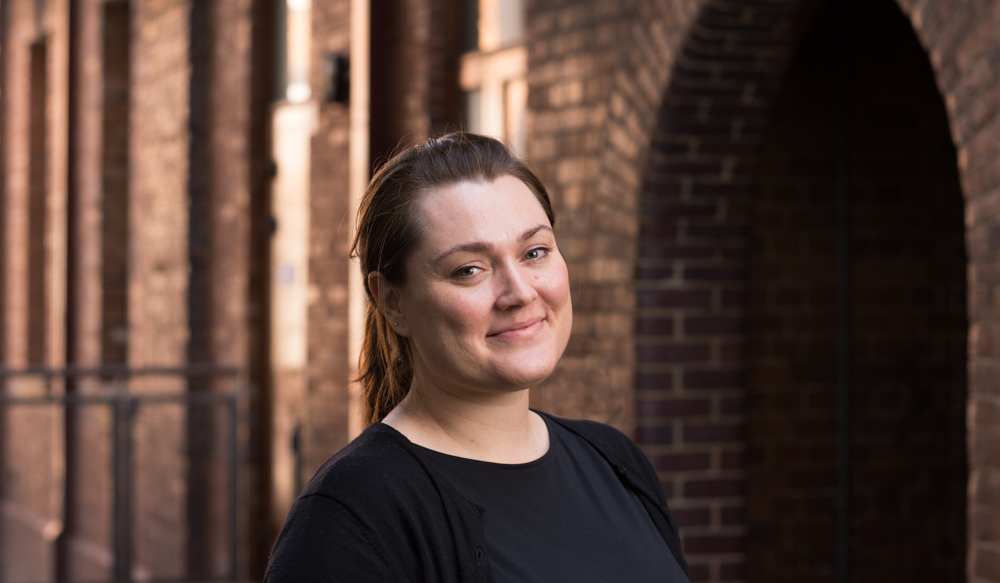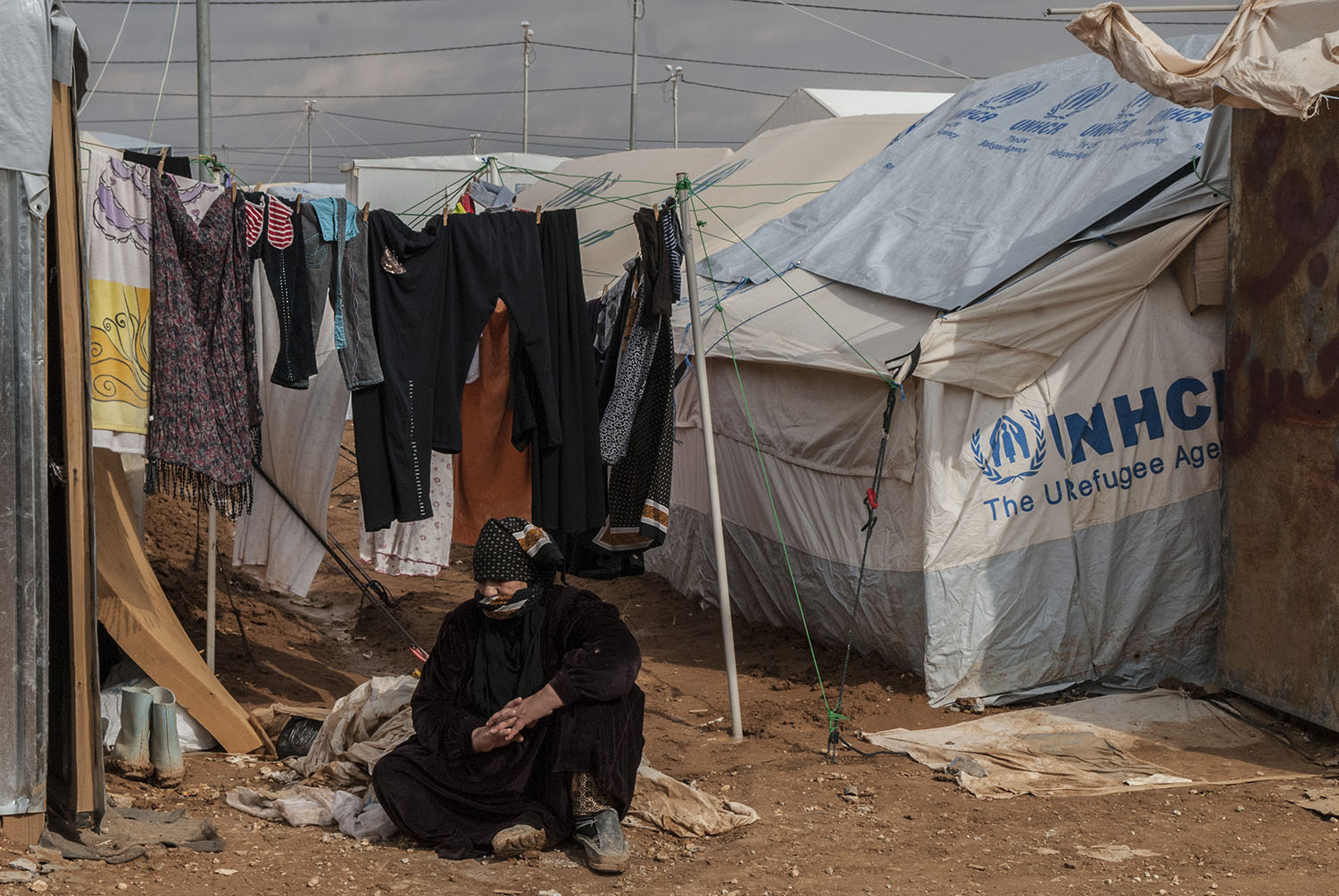
The images are terrifying. Homes have been washed away, flooded, burnt or torn apart.
It’s a scene that’s played out across Queensland communities and worldwide as people are left dispossessed post disaster or as a result of conflict.
The latest tragedy in Palu, Central Sulawesi, Indonesia (pictured below) as a result of an earthquake and tsunami wave has left 62,000 people homeless and placed into 24 camps.

A QUT architecture academic is calling on industry professionals to upskill and help fill a gap in post-disaster and humanitarian architectural knowledge to improve outcomes for people displaced.
"Design can help with humanitarian relief and also disaster mitigation," said researcher Liz Brogden.
According to the UN Refugee Agency (UNHCR):
- 66 million people in 2016 were forcibly displaced due to wars, conflicts and climate change
- Many are never able to go back and rebuild their lives
- Humanitarian aid is declining and international aid systems are stretched beyond their response capacity.
Closer to home, long delays to building repairs has resulted in some north Queensland residents unable to move back home 18 months after Cyclone Debbie extensively damaged the region, as heard recently at the Royal Commission into Financial Services.

Ms Brogden (pictured above), a PhD candidate from the Urban Informatics group in the QUT Design Lab’s, Creative Creative Industries Faculty, has had her research published as the first chapter of the book Resettlement Challenges for Displaced Populations and Refugees.
“Good reconstruction takes time, and insurers and reconstruction or resettlement programs can leave survivors feeling powerless,” Ms Brogden said.
“If people can’t begin rebuilding their homes, their emotional recovery also stalls.”
Ms Brogden said the Zaatari refugee camp in Jordan (pictured below) was just one example where the tents have evolved to become permanent.

“The devastating impact of poorly designed shelter strategies is evidenced by failed shelter projects and appalling living conditions in camps worldwide.
“Humanitarian disaster response is not enough - architects can also help prevent displacement through resilient design.
“Those makeshift dwellings after earthquakes, tsunamis, floods, cyclones and international conflicts are set up as a short-term shelter but instead become long term housing years after the catastrophe.”
Ms Brogden said architects have the ability to save lives through the buildings they design.
“We know that disasters are increasing in frequency and magnitude but architects and other built environment professionals are only now catching up with the problem,” she said.
“We need to be including this in architectural education.
“This problem is about both disaster and crisis response and also resilience initiatives.”
In the Australian context, she said the national leadership of QUT’s Dr Ian Weir to proactively build bushfire resilient residential designs was an example where safety was paramount.
She said similar practices in this area required architects to “unlearn” many of the design skills imparted during conventional architectural education.
Ms Brogden said the architectural profession has a responsibility to come up with new methods of contributing toward positive resettlement solutions.
“I would suggest abandoning the idea of a universal shelter solution is the first step. Many of the designs we see are imaginary exercises and don’t engage at all with the reality of a crisis,” she said.
“In order to be effective as a designer, community involvement is essential.”
She said it was a growth area with non-profit organisations such as the Open Architecture Collaborative and the MASS Design Group being set up to initiate and work on humanitarian designs with communities.
Ms Brogden said another example of architects engaging with humanitarian design included Architects without Frontiers, and globally, the UN/IFRC run Global Shelter Cluster but is appealing to the industry to increase its support for such projects.
“There is an urgent demand for architects to be more involved in these international organisations and to contribute their design expertise,” she said.
Liz Brogden is a PhD candidate researching and applying humanitarian design and disaster in architectural education. She has taught across design, technology and theory units in the architecture course at QUT and worked in architectural practice in Perth, Western Australia.
Ms Brogden also spent time as a student architect in India following the 2004 Indian Ocean tsunami as a volunteer.
Media contacts:
Debra Nowland, QUT Media, 07 3138 1150 (Mon/Wed/Thurs) or media@qut.edu.au
After hours: Rose Trapnell, 0407 585 901


